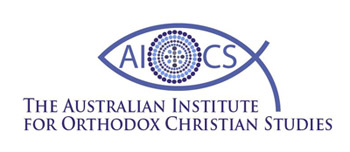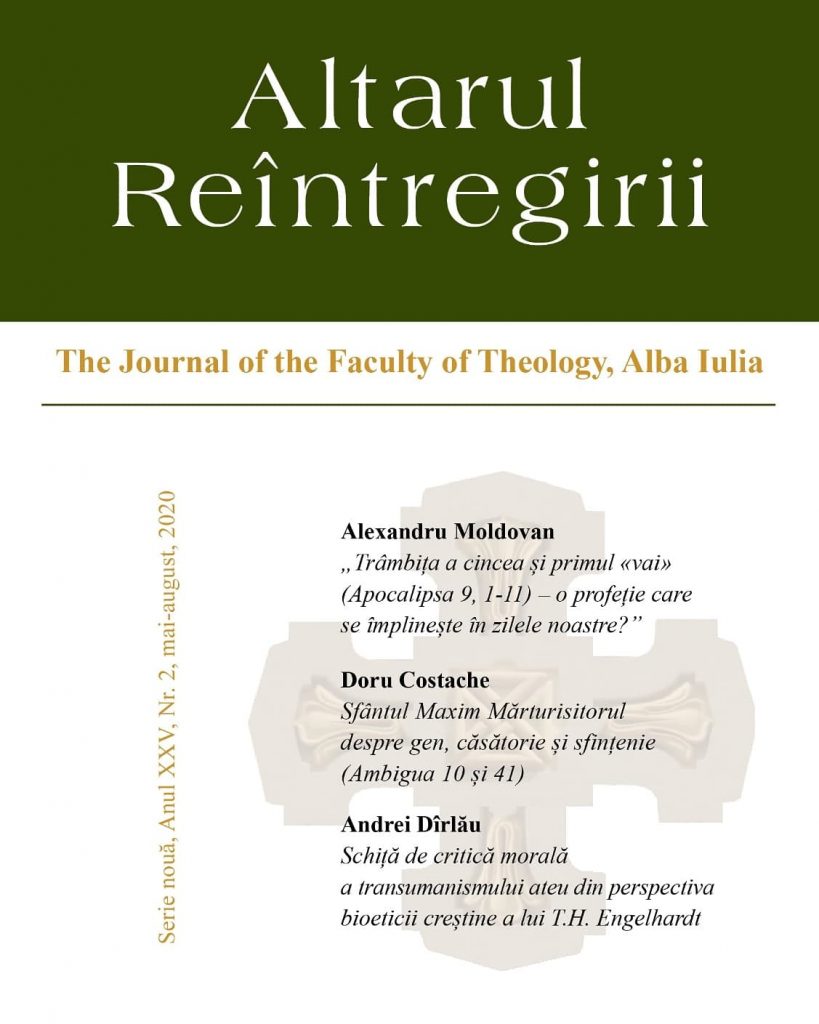Doru Costache published an article, “Sfântul Maxim Mărturisitorul despre gen, căsătorie și sfințenie (Ambigua 10 și 41),” in the academic journal of the University of Alba Iulia’s Faculty of Theology, Altarul Reîntregirii 25:2 (2020) 41-72 (ISSN 1584-8051; ISSN online 2457-9394). The article represents the Romanian version of the author’s chapter, “Gender, Marriage, and Holiness in Amb.Io. 10 and 41” (2014), with the information being brought up to date (including the use of the critical edition of Nicholas Constas).
Abstract
This article analyses and interprets three passages from Saint Maximus the Confessor’s Ambigua (The Book of Difficulties) that touch upon matters of gender, sexuality, and the connubial life. My contention is that he construed holiness as achievable by celibate people, monastics, and married couples alike. To affirm conjugal life as a form of holy life, he deployed a logic that anticipates Paul Evdokimov’s concept of “interiorised monasticism”.
Keywords
ascesis, celibacy, gender, holiness, marriage, monasticism, sexuality, virtue
The text can be read entirely here.

